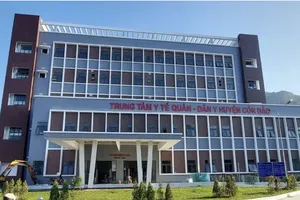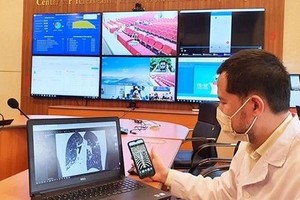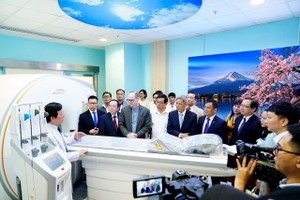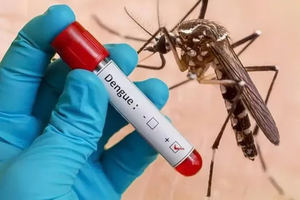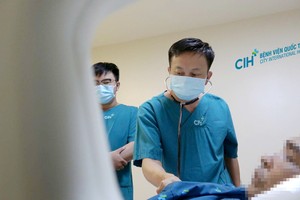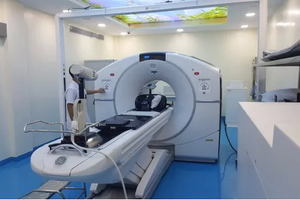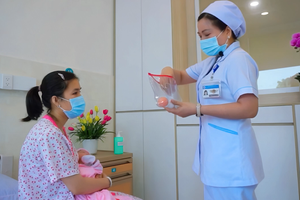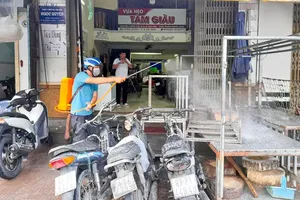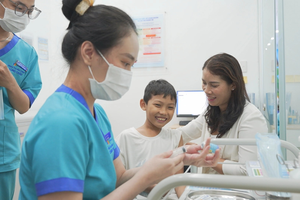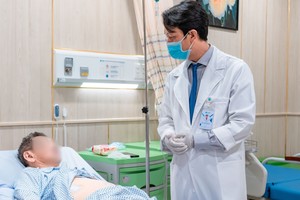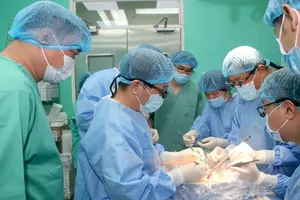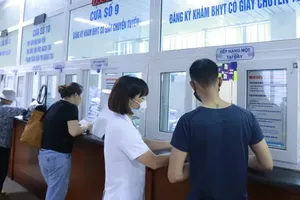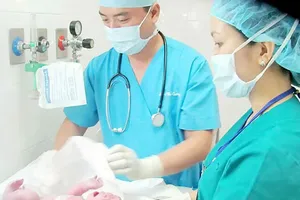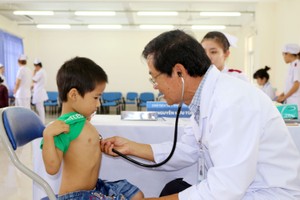
Viet Duc Hospital yesterday announced the first successful trachea transplant in Hanoi by using a segment of the trachea from a brain-dead donor. Notably, this is one of the rare cases in the world where a trachea transplant was combined with cervical esophageal reconstruction surgery.
In July 2022, a 25 year old man in Thanh Hoa Province had multiple injuries, including head trauma, facial fractures, chest injuries, and liver damage after a terrible traffic accident. He underwent combined surgery on his facial bones, neck, and conservative treatment for other injured organs.
After the surgery, the young man was monitored and received intensive care, including a tracheostomy. Once stabilized, he was transferred to a local hospital for further treatment.
A month after the tracheostomy, the patient was consulted for conservative treatment, including dilation and stent placement, but these attempts failed.
Subsequently, he underwent tracheal anastomosis surgery at a medical facility in Hanoi, but this was also unsuccessful due to complex injuries and a long segment of tracheal stenosis. There was a possibility that he would require a permanent tracheostomy.
During the treatment of tracheal stenosis, before a permanent tracheostomy was necessary, the patient was able to eat normally and received injections of anti-scarring medication at the site of the tracheal stenosis.

The patient continues to have regular check-ups at Viet Duc Hospital. However, his health is deteriorating due to complications from previous surgeries, including the need for a feeding tube and a breathing tube.
Due to the man’s complex injuries, doctors have planned a two-part surgery to improve the patient's condition. The first surgery will address the esophagus, either by repairing the damaged part or creating a new one. The second surgery will focus on the trachea (windpipe) and involve a transplant from a deceased donor.
After a period of intensive care, the patient was discharged on June 25. One month later, a follow-up examination revealed that the male patient had a good general condition with a weight gain of 5kg, well-healed surgical wounds, the ability to eat orally, and spontaneous breathing through the nose.
After a 3-month follow-up checkup, the young patient gained 10kg with a robust overall health condition, breathing spontaneously through the nose, and eating independently by mouth. The medical team plans to remove the tracheal stent for this patient in the fifth or sixth month after the transplant.

